
|
|
|
|
|
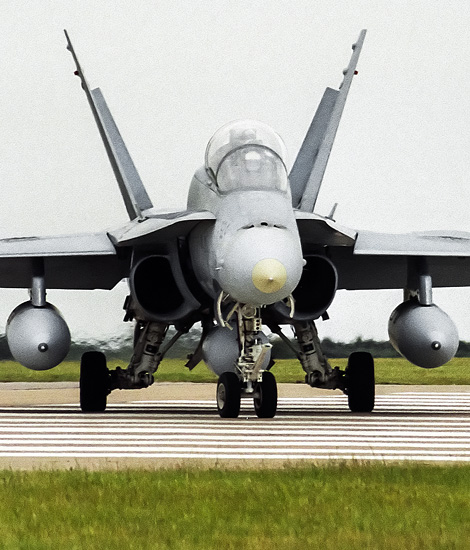
|
The Development of the F/A-18 Hornet; RAF Cottesmore, July 22, 2000
The F/A-18 Hornet, part 1; Text and Photograph's by Alex van Noye
The American McDonnell Douglas F/A-18 Hornet is a two-engine fighter jet. The supersonic aircraft can operate under all weather conditions from the American carriers. The Hornet was one of the first all-round fighter aircraft in the world that can be used both in the air defense role and in the attack role in one mission.
The F/A-18 Hornet was originally designed by McDonnell Douglas and Northrop. The F/A-18 is derived from the YF-17 project from the 1970s and is used by the United States Navy and the United States Marine Corps. The F/A-18 can reach a top speed of Mach 1.8 (1.915 km/h). The aircraft is able to carry a wide range of bombs and missiles supplemented with the 20-mm Vulcan cannon. The Hornet is powered by two General Electric F404 turbofan engines. The F/A-18 Hornet has excellent aerodynamics, making the aircraft very maneuverable. Primary tasks of the Hornet, are; the air defense role, aircraft escort, fleet defense, disabling enemy anti-aircraft artillery, air support and air reconnaissance. The F/A-18 has often proven this versatility in real scenarios during various conflicts. At the beginning of the 1970s, the US Navy started the Vessel Fighter Attack Experimental (VFAX) program. The goal was to develop a multi-role aircraft to replace the Douglas A-4 Skyhawk, the A-7 Corsair II and finally also the McDonnell Douglas F-4 Phantom IIs and much later also the F-14 Tomcat. In May 1974, the House Armed Services Committee provided over 34 million dollars for the successor of the VFAX program under the name Navy Air Combat Fighter (NACF). This program also had to compete with the Light Weight Fighter (LWF) program that ran with the United States Air Force. The NACF program would eventually lead to the development of the F/A18 Hornet.
Although the YF-16 won the LWF competition, the Navy was skeptical that an aircraft with only one engine and a narrow landing gear could easily be based on a carrier. On May 2, 1975, the navy announced the selection of the YF-17 for their project. Because the LWF did not share the design requirements of the VFAX, the Navy asked McDonnell Douglas and Northrop to develop a new aircraft based on the design and principles of the YF-17. On March 1, 1977, the American government announced that the new F-18 would be referred to as the "Hornet". Northrop had partnered with
|
|
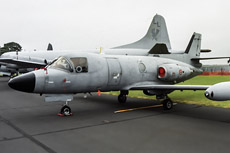
|
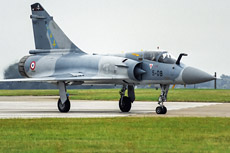
|
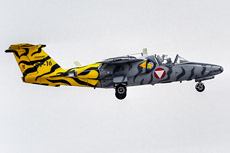
|
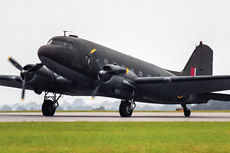
|
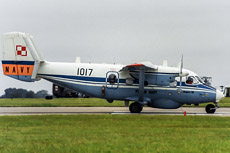
|
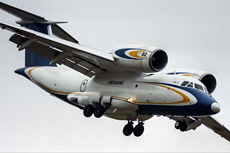
|
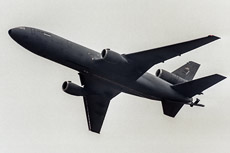
|
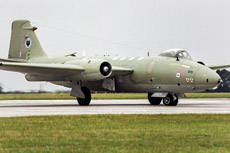
|
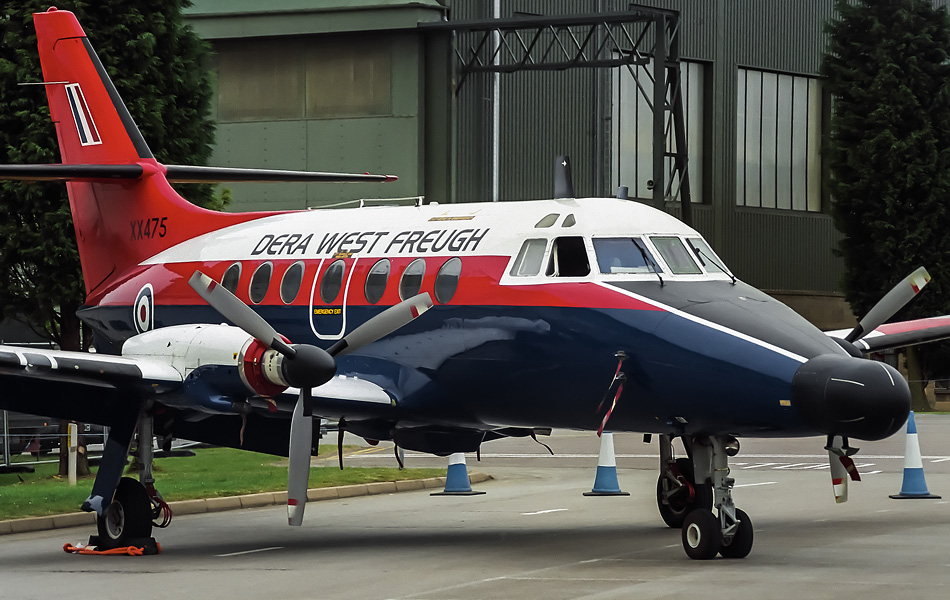
|
McDonnell Douglas as a secondary contractor during the NACF program to take advantage of the McDonnell Douglas experience. In the development of the F-18, the two companies agreed to split the fabrication of components evenly, with McDonnell Douglas carrying out the final assembly. McDonnell Douglas would build the wings, stabilizers and forward hull, while Northrop would build the center and rear fuselage parts and vertical stabilizers. McDonnell Douglas was the main contractor for the naval version of the Hornet. Northrop would become the main contractor for the F-18L land version that Northrop hoped to sell on the export market. The F-18 was initially known as McDonnell Douglas Model 267. For carrier operations the hull, the chassis and the tail hook were reinforced. Folding wings and catapult attachments were also added and the landing gear was eventually widened. The operating system of the YF-17 was replaced by a fully digital fly-by-wire system with quadruple redundancy.
At the beginning of the test program, the F/A-18 Hornet still had several dynamic issues. While testing the flight characteristics of the Hornet, an obstacle was filled on the front edge of the stabilizers and the opening between the Leading Edge Extensions (LEX) and the fuselage was largely filled. The openings, the boundary layer and air vent slots controlled the vortex generated by the LEX. As a result, more stable air was passed over the vertical stabilizers at high attack angles. However, these openings also caused a large amount of air resistance, which worsened the problem of the insufficient flight range of the F/A-18. McDonnell-Douglas filled 80% of the opening, leaving a small slit to allow air to escape from the engine inlet. This may have contributed to early problems with metal fatigue on the vertical stabilizers due to extreme structural loads. As a result, the vertical stabilizers were also strengthened in 1984. From May 1988, a small vertical fin was added at the top of each LEX to widen the eddies and direct them away from the vertical stabilizers. This also resulted in a small increase in the controllability of the aircraft. The first series F/A-18s had a problem with insufficient rolling speed which was reinforced by the insufficient wing stiffness during flights with heavy ammunition loads. Ultimately, these problems were solved by strengthening the aircraft in the wings and to place the wing suspensions at different places. This made the aircraft a robust design during its flight.
The first pre-production F-18A rolled out of the hangar of the factory in October 1978. According to the original plans, a total of 780 aircraft of three variants would be purchased for the Navy and the Marines of the United States. The first version was the F-18A and would become a single-seat air superiority fighter, while the A-18A would become a single-seat attack plane. The third variant was the TF-18A which would be used as a double-seat training version. After some improvements in the avionics and custom multifunction displays and a redesign of external suspension points, the F-18A and A-18A could be combined into one aircraft. From 1980, the new aircraft was also designated as the F/A-18A Hornet. The TF-18A was again referred to as the current F/A-18B Hornet. The first production F/A-18A Hornet flew on April 12, 1980. After a production run of 380 F/A-18As, the production shifted to the F/A-18C in September 1987. The F/A-18 is next to the American armed forces also bought by various foreign air forces. Export Hornets are usually comparable to American models with a comparable date of manufacturing. Since none of the customers uses aircraft carriers, all export models are sold without the Hornet automatic landing system. Also, several users have removed the catapult system from the nose wheel. With the exception of Canada, all export customers bought their Hornets via the United States Navy. The Hornet is nowadays a successful front line jet fighter all over the world.
|
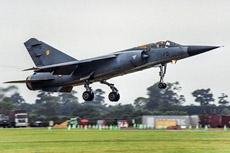
|
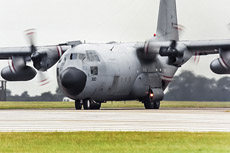
|
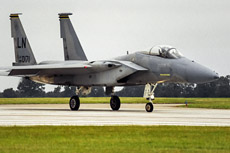
|
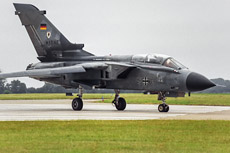
|
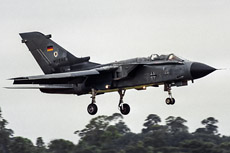
|
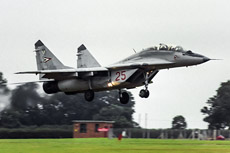
|
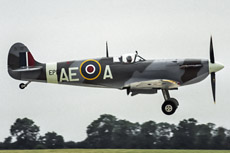
|
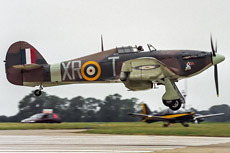
|
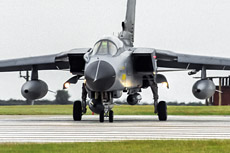
|
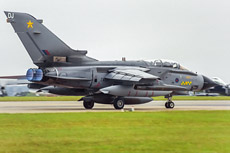
|
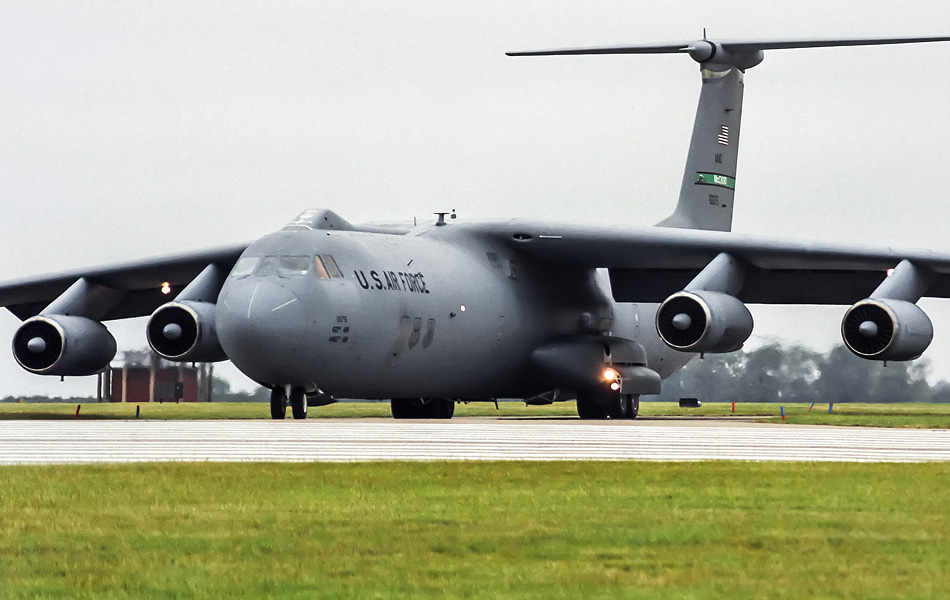
|
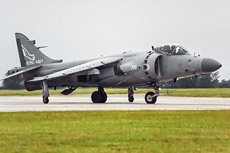
|
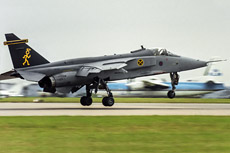
|
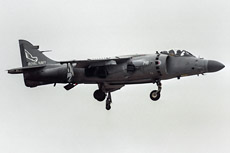
|
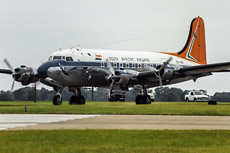
|
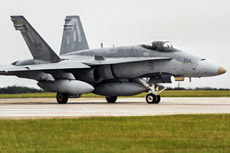
|
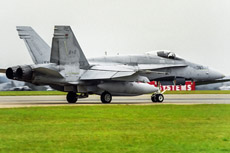
|
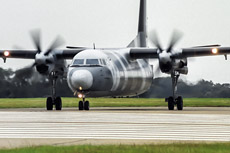
|
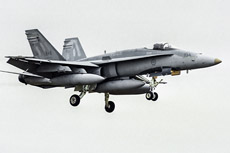
|
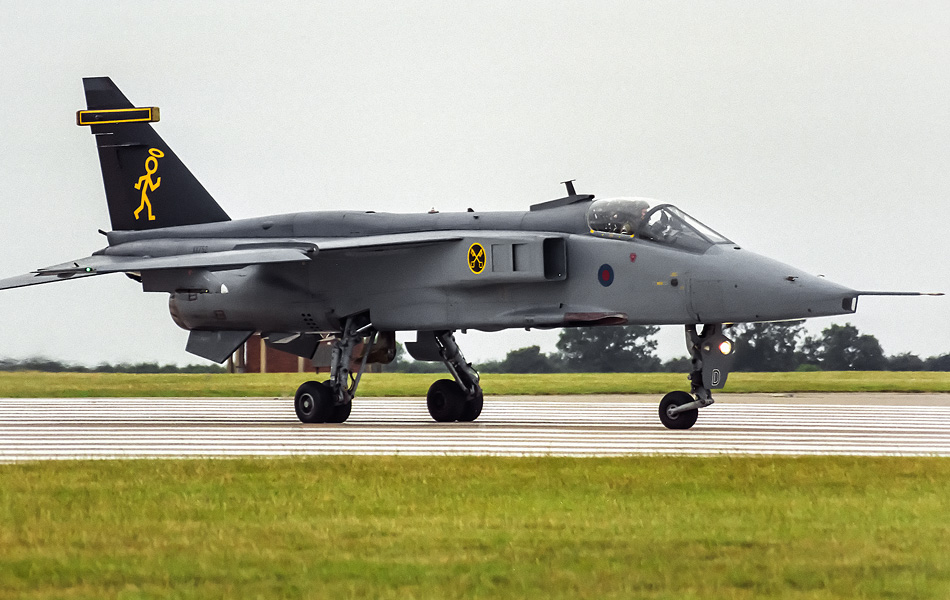
|
|
|

|







